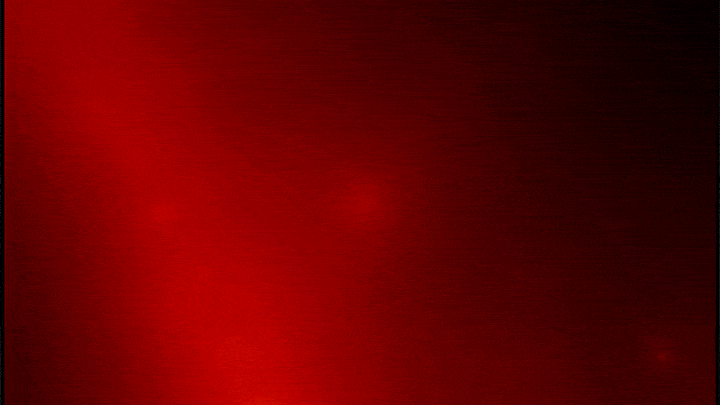NASA/DOE/Fermi LAT Collaboration
A group of telescopes around the world spotted the brightest explosion ever recorded in the universe. It also created a massive pulse of high-energy radiation known as a gamma ray burst (GRB) that hit the Earth on October 9—thereby alerting astronomers to the boom.
The explosion, dubbed GRB 221009A, actually occurred 1.9 billion years ago and researchers believe that it’s the result of a massive star collapsing into a black hole. These events have been known to cause huge bursts of gamma radiation before. In fact, NASA also recently discovered a similar blast due to two stars colliding that traveled at nearly the speed of light.
When GRB 221009A’s energy finally reached Earth on Sunday, it set off a number of sensors on NASA’s Fermi Gamma-ray Space Telescope, the Neil Gehrels Swift Observatory, the Wind spacecraft, and more. It even provided two instruments from NASA and Japan aboard the International Space Station to collaborate and observe the burst.
Got a tip? Send it to The Daily Beast here

